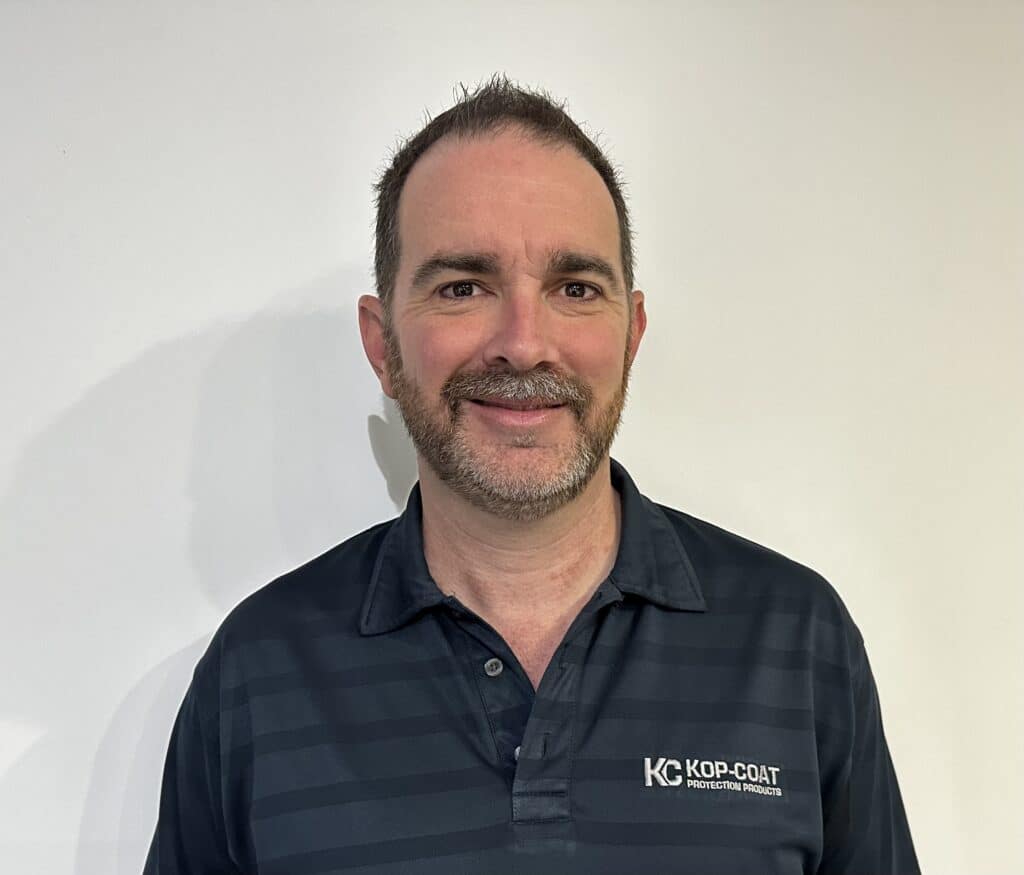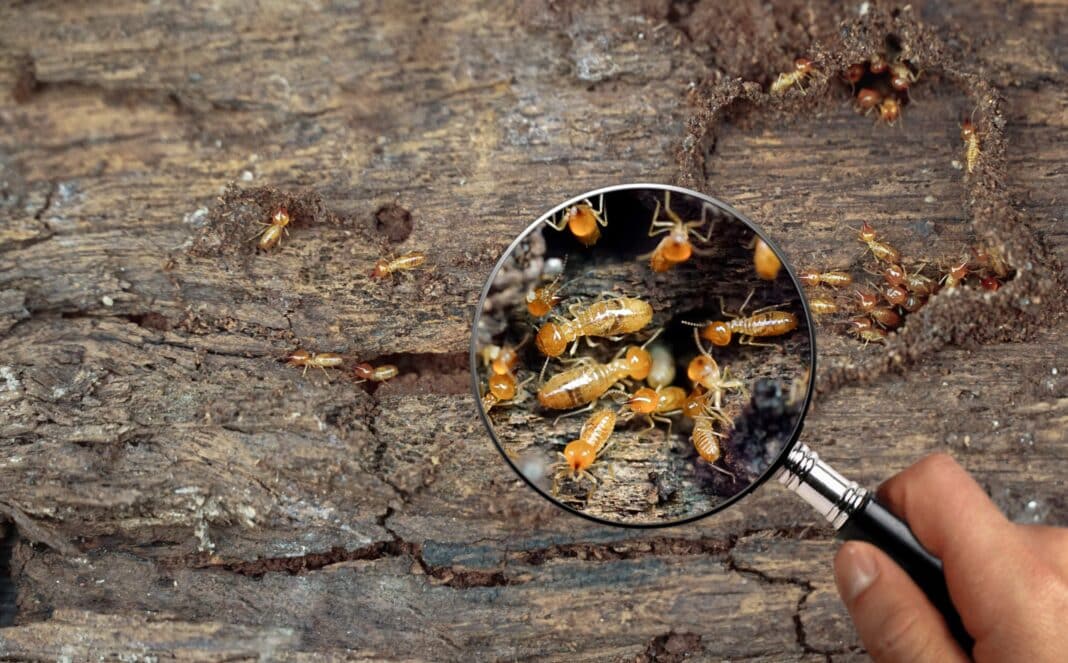The evolution of termite species in Australia, especially those that feed on cellulose, has become greater and more complicated.
Asia Pacific business manager of Kop-Coat Wood Protection Global Scott Porter, together with US-based global wood preservative expert Professor Ron Clawson, confirm that commodity termite treatments typically provide a period of protection to “resist insect invasion” rather than truly “protecting the wood.”
These termite treatments typically involve depositing a retention level of a single active pesticide into the timber product.
“Though cost-effective and compliant with ‘meeting a standard’ developed decades ago, termites have metamorphised into a much more aggressive pest,” Scott Porter said.
“Single mode-of-action pesticide treatment has allowed a significant attack by aggressive and common termite species worldwide.
Laboratory and field research conducted by Kop-Coat Wood Protection Products on evolved termite species shows “near complete protection” when dual-mode pesticide combinations are utilised in wood treatment formulations.

Latest research by Kop-Coat Protection Products (KCPP), patented and patent-pending, have shown a synergistic combination of borates and synthetic pyrethroids outperformed stand-alone synthetic pyrethroid-permethrin by 92%, bifenthrin by 113%, and disodium octaborate tetrahydrate (DOT) by 283%, respectively.
“Sole source retention levels and penetration patterns are in line with the standard AS1604.2012,” Scott Porter said.
The KCPP patented borate and synthetic pyrethroid was conducted with DOT loadings at 1/8th of the AS1604 loading paired with the synthetic pyrethroids at the standard AS1604 retention.
Numerous academic and commercial studies have also shown how borates act on termites. Depending on loadings within or on the treated timber and present to termites, borates have been classified as digestive poisons, anti-feedants, repellents, and/or contact insecticide.
“It is hypothesised that in all of these ‘pesticide modes’, the colonial signals from the termites can limit encroachment on the treated wood. This is, however, temporary until the termites cannot readily access non-borate untreated wood.”
Work conducted by KCPP confirms that this limitation in borate efficacy is mitigated when coupled with a synthetic pyrethroid, thus creating a truly fit-for-purpose insect resistant treated product.
The most recent field trial data provides strong evidence that this dual mode treatment will perform for a minimum service life of 50 years against termite insect attack.
The unique and patented borate and synthetic pyrethroid combination has been part of the TRU-CORE® H1, H2, and H3 treatment programs since the company’s long and extensive commercialisation process in Australia.
- To learn more about TRU-CORE and how it’s water-based solutions are transforming wood preservation and protection, visit Wood Central’s special feature.






